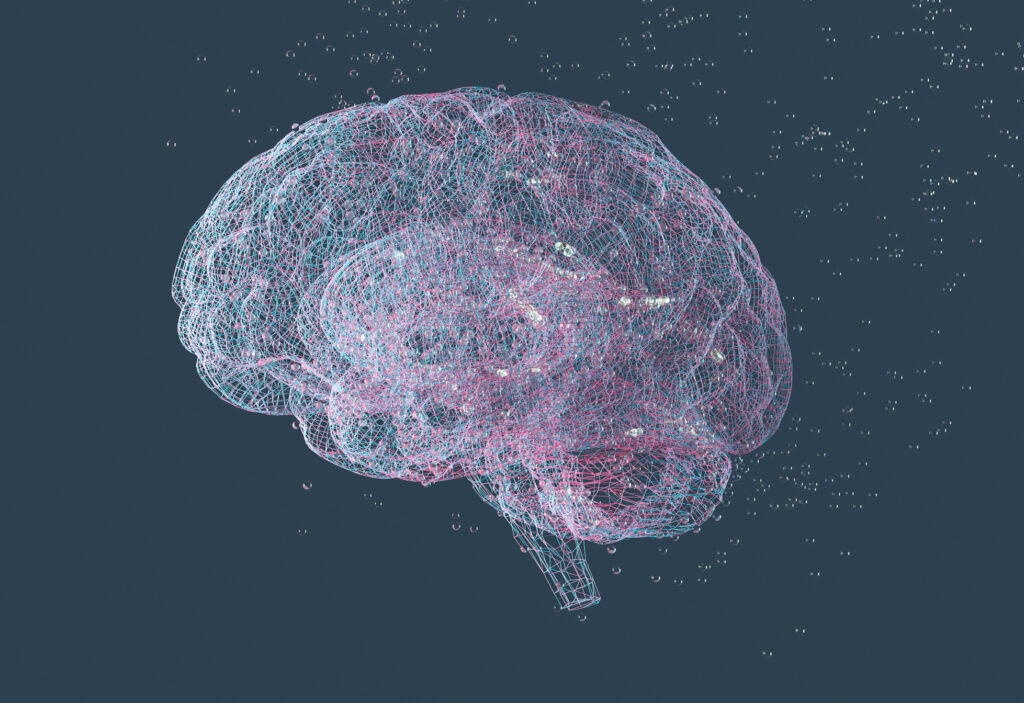In 2022, the business world finally got to see AI trends go mainstream. Much of this translation from hype to reality was a result of massive business and consumer changes during the COVID-19 pandemic, where millions of people became digital-first and started demanding more immersive and relevant experiences from the brands they interact with.
Today, companies are moving beyond the artificial intelligence (AI) proof-of-concept projects from 2021, with AI now being deployed in production environments, optimizing live operations, and being used at scale across the enterprise, allowing AI to be leveraged by multiple departments for strategic business value.
According to the 2021 State of AI Report from McKinsey, 56 percent of all respondents report AI adoption in at least one business function, up from 50 percent in 2020.
Being successful at integrating AI strategically into your organization requires attention to the ever-evolving AI trends and challenges companies are facing in the real world. It also requires adherence to best practices and a certain level of honesty about AI challenges that remain for certain important areas.
Following are the top enterprise AI trends for 2022 and beyond for emerging technologies:
1. Enterprise Organizations Embrace AI
Business leaders and other important stakeholders across the enterprise, not just data scientists and technologists, are embracing AI in 2022 more than ever. Through many proof-of-concept projects and real-world use cases, AI has shown technologically-savvy business professionals the value and benefits AI offers in the following use cases, according to McKinsey:
AI Operations and Optimization
AI operations and optimization leverages machine learning and advanced analytics to automate processes in network and IT operations. For example, operations in telecommunications can be incredibly complex to run. AI solutions can help optimize service operations journeys, including the in-store customer experience, call center use, and deployment of employees in stores, call centers, and the field.
AI Enhancement of Products
AI and machine learning are adding value to many types of products as a core feature. AI is making its way into all types of business and consumer goods, from IoT devices to software like employee recruiting tools. AI is also being leveraged in the product development process, accelerating data-driven product development and reducing time-to-market while improving product quality and flexibility in meeting unique customization requirements.
AI-Powered Chatbots and Contact Center Automation
AI is being used to automate parts of the customer experience when interacting with the call center. AI-assisted software applications have helped reduce the need for manual call routing programming, routing conversations to the most qualified agent. This AI-based call routing can significantly reduce call wait times.
Chatbots using AI can recognize multiple languages, process what words are being said and cadence, and decide how to respond in the most natural way possible. Chatbots can capture the meaning of words by performing language modeling using natural language processing (NLP) and natural language understanding (NLU) to determine a customer’s intent in asking a question.
However, while AI is making its way into more use cases across the enterprise, challenges in perception and sentiment remain. A recent CDP.com survey of U.S. consumers found that the positive perception of AI performance in customer service applications is quite low, with 25 percent of people expressing a negative sentiment around AI and the customer experience in customer service, higher than any other industry.
And despite their growing popularity with corporations and marketing departments, only 34 percent of CDP.com survey respondents found AI chatbots to be helpful, with nearly 44 percent saying there is room for improvement. Even worse, more than 20 percent find the experience irritating or time consuming, or, in other words, a poor customer experience.

2. Organizations Are Scaling AI Across the Enterprise
As AI moves into operational reality, you need to plan for AI at scale, not just to optimize a single step in a process. To plan for AI at scale, you need to know much more than data – you need to work across business, technology, and subject matter to program and plan AI effectively.
When AI was first used in organizations, the goal was more about looking for discrete steps in a process that could be optimized or improved. But, in order to scale AI across the enterprise, the processes themselves need to be changed and optimized for AI.
In this, AI allows for the predictive transformation of core business processes. AI allows organizations to restructure their existing processes and re-engineer them to improve and optimize their value chain.
Organizations that succeed in AI employ best practices and a dedication to agile operations and customer-centric methodology. An important early step in this process is for corporations to establish centers of excellence for AI to allow for development of the talents, skills, and expertise needed to succeed with AI initiatives.
Finally, as companies migrate to a cloud infrastructure, whether it is private, public, or hybrid, they need to keep in mind that any successful cloud migration relies on automation. Modern cloud applications are too complex to be operated by humans alone. AI can oversee the health of the entire system, and can also be used for improving CI/CD pipelines to meet migration deadlines and ensure software quality.
3. Organizations Are Hiring For AI Talent and Data-Driven Skills
The need to develop and retain talent with AI skills cannot be understated. Almost 50 percent of tech recruiters are struggling to fill jobs since they can’t find qualified talent. AI developers are in more demand than ever.
This infusion of talent from outside data and tech came from the AI work teams themselves. During many of those proof-of-concept projects in 2021, AI teams saw that it was necessary to include other lines of business and critical stakeholders in the process to ensure success in the real world. AI projects are not just a data and technology exercise, they require all hands-on deck to ensure a successful implementation with measurable ROI. So, project managers and subject matter experts and others were brought in, as well were business stakeholders, who themselves wanted more visibility into the process and potential benefits for all their AI investments.
4. Organizations Are Building Trust Around AI
As both consumers and business professionals get more comfortable and used to AI, they need to feel confident that AI is making the right decisions, especially if they go against someone’s common sense. Right now AI often operates in a black box for many. It may not seem like a big deal until you consider the fact that AI is being used in applications like AI-assisted driving or medical diagnostics. In these particular use cases, having trust in AI isn’t just a nice-to-have, it’s mission critical.
Eighty-one percent of consumers say they are somewhat or very concerned about how the use of AI for marketing, customer service, and technical support could potentially compromise their online privacy, according to research from CDP.com.
Organizations need to build trust with consumers so they feel more confident that their data is safe and will be used responsibly when creating personalized experiences. One way for trust to be addressed surrounding AI decisions is having an emerging feature called “explainable AI.” This is a tool which AI explains its decisions in detail to a business leader so it can be reviewed with confidence.
Looking Forward
AI is now established and seeing real investment as a core business feature. Nearly two-thirds of respondents in the McKinsey study say their companies’ investments in AI will continue to increase over the next three years..
Succeeding in AI in 2022 and beyond is about more than data and technology. All core stakeholders and business leaders need to be engaged in the process to ensure ROI. With AI moving into maturity, applying good best practices to deploy at scale across an enterprise and in an agile operational fashion will differentiate those who succeed in AI initiatives.
Paying attention to the top trends in AI will ensure you plan and execute integrating AI into your business and marketing strategies effectively and efficiently.



